
This your last chance to save this big on a reliable storage solution.
The post Seagate Is Selling Xbox Storage With No Profit Left as the Expansion Card Drops Just Below $0.10 per GB appeared first on Kotaku.


This your last chance to save this big on a reliable storage solution.
The post Seagate Is Selling Xbox Storage With No Profit Left as the Expansion Card Drops Just Below $0.10 per GB appeared first on Kotaku.

Apple’s newest flagship laptop is still shockingly accessible with this $250 price drop holding strong at Amazon.
The post Apple Goes Hard to Wrap Up Cyber Monday on Its M5 MacBook Pro as It Clears Out the Latest Model appeared first on Kotaku.
FluxPose is a 6DOF tracking solution for full-body tracking that seems to be picking up speed on Kickstarter, having now garnered over $2 million in crowdfunding since its initial launch on November 29th.
FluxPose is a full-body tracking system that’s said to deliver occlusion-free positional tracking without the need of externally mounted base stations or sensors. It does this by way of a wearable beacon, which generates magnetic fields, the team explains on the FluxPose Kickstarter campaign.
“It’s completely occlusion-free, incredibly compact, drift-free, and the trackers last up to 24 hours on a single charge, offering high-end performance in the smallest, lightest form factor possible,” the Logrono, Spain-based team says.
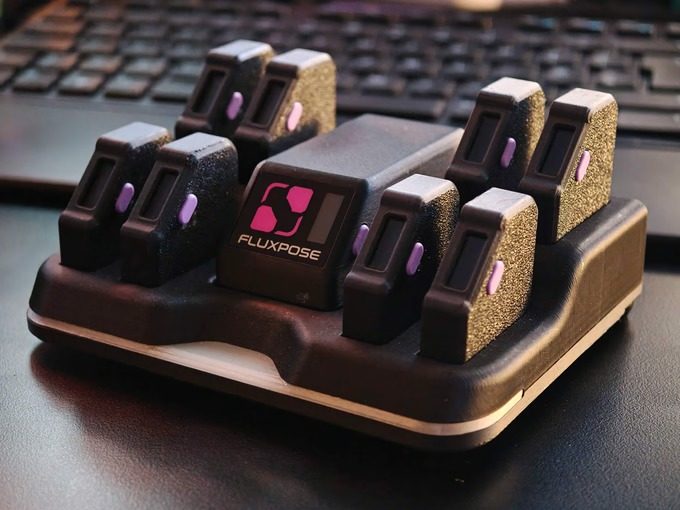
And because the beacon is worn on your body, and automatically synchronizes the tracking space with VR headsets without any additional software, it essentially means the tracking volume moves with you as you move (or more likely, dance) in VR.
Weighing in at 85 grams, the trackers are also impressively compact: a Dorito for scale.
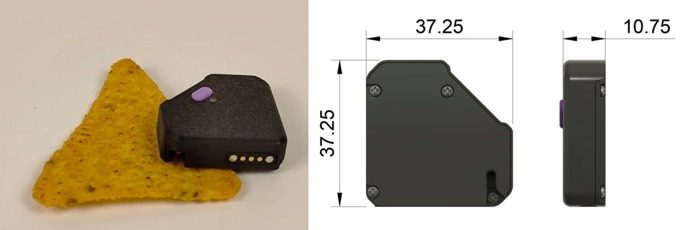
At the time of this writing, the cheapest support tier is the ‘Lite Kit’ for €339 (~$394 USD), which comes with three tracking points (straps sold separately). At the higher end is the ‘Pro Kit’ for €689 (~$800 USD), which includes eight tracking points. Notably, those prices do not include taxes or import tariffs.
VR headset mounts provided through the Kickstarter are said to include Quest 2/3/3S/Pro, Pico 4/4 Ultra, Samsung Galaxy XR, HTC Vive Pro/Pro 2/Focus/XR Elite, Bigscreen Beyond 1/2, Valve Index, and Steam Frame. Backers will have the chance to select the exact headset model on a survey after the Kickstarter ends, and again a few months before delivery.
You can find out more over on the FluxPose Kickstarter, which we’ll be following for the campaign’s remaining 58 days, ending on January 28th, 2026. The earliest delivery is expected in August 2026 for early bird supporters, and October 2026 for late comers to the Kickstarter.
Magnetically-tracked peripherals aren’t anything new in VR; I’ve seen a number of solutions come and go, with the emphasis mostly on go: Razer Hydra, Sixense Stem, Atraxa, Magic Leap 1 controllers—these implementations seem to be good enough in optimal conditions, but not rock solid across the board.
In short, magnetic trackers position themselves in 3D space by measuring the intensity of the magnetic field in various directions, which (as mentioned above) is generated by a beacon. When the trackers’ measurement point is rotated, the distribution of the magnetic field changes across its various axes, allowing for it to be positionally tracked.
And while those magnetically-tracked peripherals listed above don’t suffer from optical occlusion, they can be affected by external magnetic fields, ferromagnetic materials in the tracking volume, and conductive materials near the emitter or sensor. These things typically reduce tracking quality, making them less reliably accurate than optical (Quest 3) or laser-positioned systems (SteamVR base stations).
Granted, I haven’t tried FluxPose yet, although I don’t think those drawbacks are nearly as important in fully-body tracking than they might be in actual motion controllers, which require much higher accuracy. A few millimeter’s discrepancy in your foot’s position really doesn’t matter as much as it might if you were reaching out and trying to grab something with a magnetically-tracked controller.
Provided Road to VR doesn’t get to go hands-on in the coming months, I’ll be keeping my eyes peeled for videos and articles as we move closer to the campaign’s close next month.
The post FluxPose VR Tracker Raises $2M on Kickstarter, Promising Compact 6DOF Body Tracking appeared first on Road to VR.

Enjoy health monitoring, accurate GPS tracking, and six months of premium analytics for nearly 40% off.
The post Amazon Goes Full Liquidation on Fitbit Charge 6, Now at Record Low for Cyber Monday appeared first on Kotaku.

Enjoy double noise cancellation.
The post Amazon Clears Out AirPods Pro 3 for Cyber Monday, Liquidates Black Friday Leftovers at Record Low Price appeared first on Kotaku.

Our favorite mid-range robot vacuum, with a great docking station.
The post Roborock Q7 Max+ With 9 Weeks Self-Empty Crashes to Record Low, Cyber Monday Goes Zero Profit for Final Clearance appeared first on Kotaku.

Our favorite MacBook is on sale for Cyber Monday!
The post MacBooks Survived Black Friday and Apple Went Even Lower, New Record Low for Cyber Monday appeared first on Kotaku.

Among the best ANC headphones on the market.
The post Bose Held Back During Black Friday, Now Crashes Headphones to Record Low to Empty Final Stock appeared first on Kotaku.

The widescreen 34-inch ViewFinity S5 is a gaming beast with enough screen for multitaskers, creators, and streamers.
The post Samsung Goes All-In for Cyber Monday, 34″ ViewFinity Borderless Monitor Is Now Priced Like a Budget No-Name Brand appeared first on Kotaku.

It lets you explore over 25 top AI tools, plus compare their responses with a single prompt.
The post ChatPlayground Packs 25+ AI Tools Into One at Nearly 90% Off, ChatGPT, Gemini, Claude, Perplexity, and More Included appeared first on Kotaku.

Save 20% on the DJI Mini 3 Fly More drone combo for Cyber Monday at Amazon.
The post DJI Pushes the Mini 3 Fly More Drone Combo to a Zero-Margin Price, but Stock Won’t Hold the Cyber Monday Deal for Long appeared first on Kotaku.
Demeo X Dungeons & Dragons: Battlemarked will update the Hirelings system so they can also level up during campaigns.
Recently launched on most major VR platforms, Demeo X Dungeons & Dragons: Battlemarked is a co-op tabletop experience that we praised as a “natural crossover and a fitting evolution” of the original Demeo. Following two smaller updates, Resolution Games confirmed it’s planning a wider overhaul for Hirelings – additional characters used to fill out your party if you don’t have four players.
Currently, you can’t level up Hirelings alongside your main character during campaigns, something we criticized in our review. Stating it’s addressing player feedback across two phases, Resolution will begin with single-player campaigns by letting you use customized heroes who can gather XP and level up, stating Phase 1 “will be prioritized for release as quickly as possible.”
Phase 2 will bring this to Battlemarked’s multiplayer, though the studio calls this “much more complex” to implement because of how other players can join, leave, and rejoin campaigns. Calling this a “much larger task” from both a technical perspective and for the user interface design, this will arrive in a later update.
Demeo X Dungeons & Dragons: Battlemarked is out now on Steam, PlayStation VR2, Quest, and flatscreen platforms.
 UploadVRHenry Stockdale
UploadVRHenry Stockdale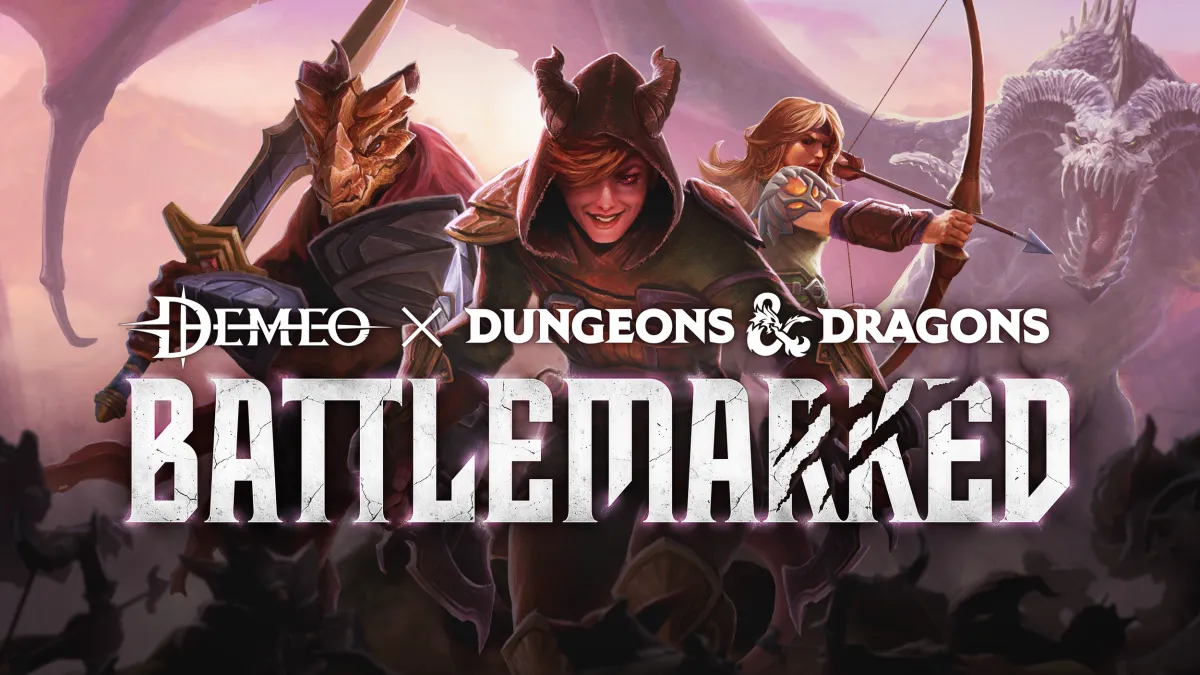

Stream on an 11-inch 90Hz display with quad Dolby Atmos speakers.
The post Amazon Out of Time With Thousands of Galaxy Tab A9+, Goes Zero Profit for Cyber Monday Clearance appeared first on Kotaku.

It brings over 500 live TV channels, plus a wide range of streaming platforms in a single place.
The post Roku Streaming Stick HD (2025) Is 50% Off and Cheaper Than Any Amazon Fire TV Stick Deal appeared first on Kotaku.

The best controller if you’re a pro gamer.
The post Amazon Forgot Profit on DualSense for Cyber Monday, Drops Below Black Friday Price to All-Time Low appeared first on Kotaku.

Treat yourself or a Star Wars fans in your life to this iconic set.
The post LEGO Star Wars Starship Set at 50% Off Leave No Margin Behind, A New Hope Tantive IV Is Selling Out Fast appeared first on Kotaku.

The best value for money premium vacuum cleaner.
The post Dyson Has V11 Vacuum Black Friday Leftovers, Now Near Zero Profit to Clear Stock for Cyber Monday appeared first on Kotaku.

It’s powers up to three devices in one go, and it’s super easy to carry around.
The post If You Have Apple Devices, Anker 3-in-1 MagSafe Charger Is Flying Off the Shelves at a Record Low appeared first on Kotaku.
Yacine Salmi is the founder of Salmi Games, the Munich-based studio behind Sweet Surrender. He works across design, tech and production, with a focus on VR-first gameplay and building for longevity. Here’s his breakdown of what they learned, what surprised them, and what they’ll be doing differently next time.
We recently launched Sweet Surrender on PS VR2, and I wanted to share our experience, partly to help other developers and partly to give a transparent look at how things actually went.
Sweet Surrender originally released on Quest and SteamVR in late 2021, and we’ve spent the last four years updating it with 14 major updates so far. It’s not a perfect game, but it’s a good one: on Quest we’ve held a 4.6 rating across 700+ reviews, and the PS VR2 players who have picked it up so far have responded in a similar way.
Around April this year, we decided it was finally time to bring the game to PS VR2. We passed certification in late July, announced it on October 9th, and launched three weeks later on October 30th. We kept testing and polishing all the way until release.
Our expectations were modest. If we could have managed 2,000 units in the first month, that would have been a solid success for us.
Reality was sadly very different: 84 sales on day one, and just under 350 units after four weeks.
That’s… not good. And this post-mortem tries to unpack why.
Key Metrics
A few reasons PS VR2 looked like a sensible platform for us:
The opportunity felt reasonable. The risk felt manageable. The audience felt right.
Sweet Surrender isn’t a hardcore roguelike shooter; it’s arcadey and meant to be accessible while still offering a challenge to more hardcore shooter players.
We made full use of the hardware:
We did miss capacitive support for the grip button, but that’s planned for an update.
Overall, we hit the technical expectations of PS VR2 players.
We reached out to everyone, and we were lucky that most of the major PS VR2 creators covered us:
Our announcement and launch trailers appeared on official PlayStation YouTube channels (16k and 34k views), plus PlayStation Japan. Our PR team ensured we reached press and influencers, and we maintained a steady cadence of posts and high-quality clips across social media.
Anyone who has shipped on PlayStation knows how easy it is for something to go wrong in the backend configuration. We planned for the worst, double and triple-checking everything. In our case, the game went live globally, on time, and with no region stuck in a delayed “coming soon” state.
Technically, the build was solid at launch. This was a big contrast to our 2021 Quest launch, where a rare grenade tutorial bug could quietly break the entire game for affected players without crashing. The PS VR2 launch had none of that.
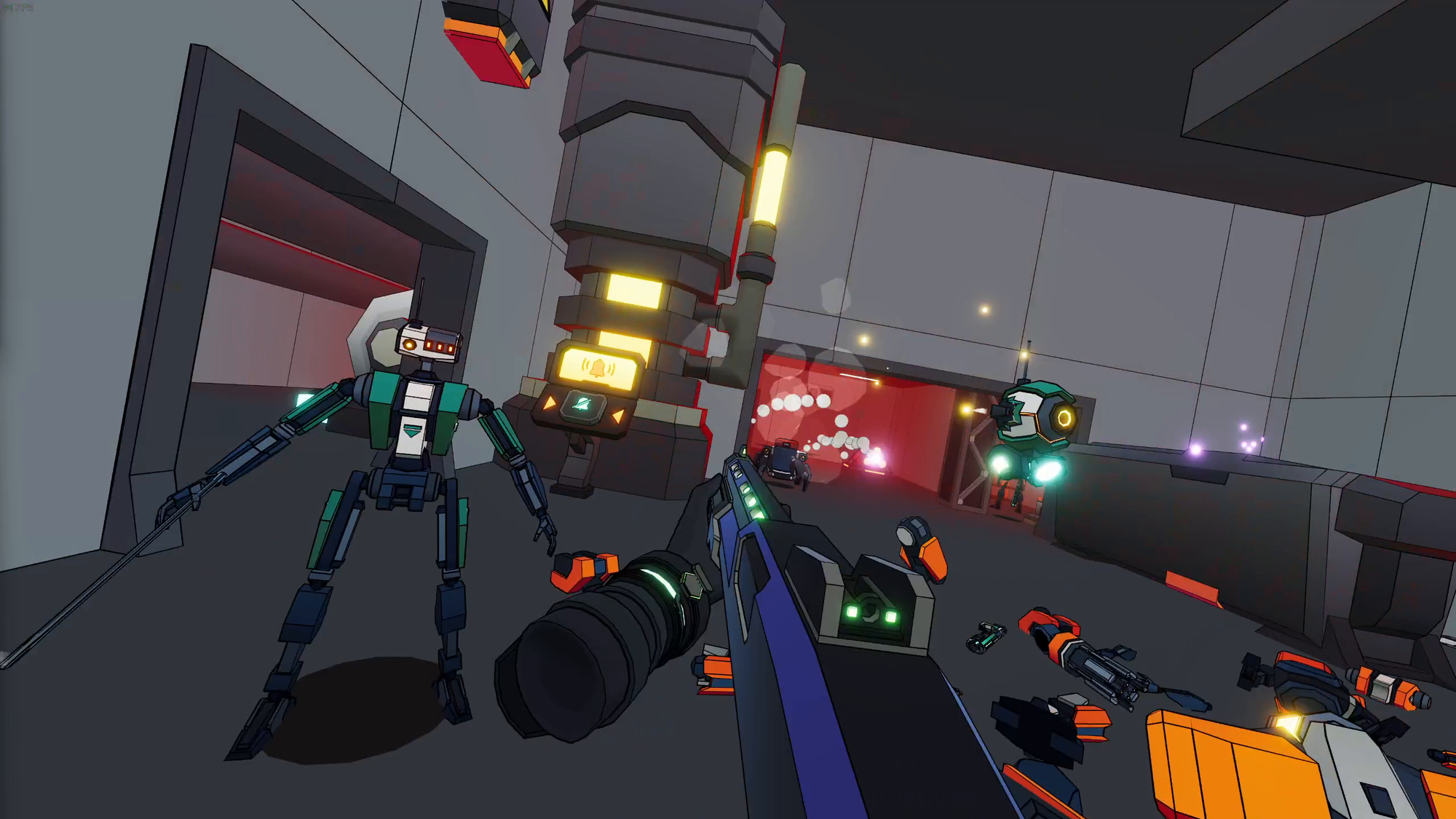
Sweet Surrender has its limitations, but the core experience is solid and has proven itself over several years. The feedback we’ve received on PS VR2 so far reflects what we’ve consistently seen on other platforms: players who click with the game really enjoy it, and the updates we’ve added over time have made it noticeably stronger than the 2021 version.
Most of our missteps were strategic rather than technical.
This was our biggest mistake.
1. We launched into a very crowded holiday window
Players told us directly:
“I want your game, but there are too many new VR releases and I have to pick.”
October/November saw a surge of strong PS VR2 releases that we underestimated and maybe shouldn’t have. We’ve heard from other developers that we should do our best to avoid Q4 altogether. There will always be a rush of developers trying to release games before Christmas, and that can only dilute the possible attention you can receive.
2. We launched one week before Roboquest VR announced a release date.
Roboquest VR is an excellent and far more visible roguelike shooter. Its VR release date announcement landed right after our launch, and many players explicitly told us they were waiting for it.
3. We launched late in the PS VR2 lifecycle
A developer friend uses the “time-to-closet” metric – how long before a headset ends up unused forever.
PS VR2 is approaching three years old. The active addressable market feels smaller, and this mirrors trends we see across other VR platforms.
If we could redo anything: launch a year earlier, or even better – within the first three months of PS VR2’s release.
We priced it at $25, the same as our original Quest launch.
But in 2025:
We stuck to our original price out of principle, but realistically, a $15–20 price point would likely have helped first-month traction.
I still dislike the general “race to the bottom,” but pricing also has to reflect the current landscape, not what made sense four years ago.
We only announced Sweet Surrender for PS VR2 three weeks before launch because:
In hindsight, this was a serious mistake.
It’s not discussed much, but the PlayStation Store is wishlist-driven, almost exactly like Steam.
We should have published our store page in May, let wishlists accumulate naturally, and then done a release-date announcement later.
Release-date featuring from PlayStation would have been the same, but we would have entered launch week with far more momentum.
Sweet Surrender was originally built for Quest 1. We designed a stylized, low-texture, outline-heavy look that worked well for standalone headsets. Last year we modernized the pipeline with Bloom, HDR, and improved particles.
Despite that, some PS VR2 players commented on the lack of shadows and the overall “Quest-first” look. Others praised the smooth performance, but visuals still divided opinions.
If you’re targeting PS VR2, expectations lean toward modern rendering features, even for stylized art.
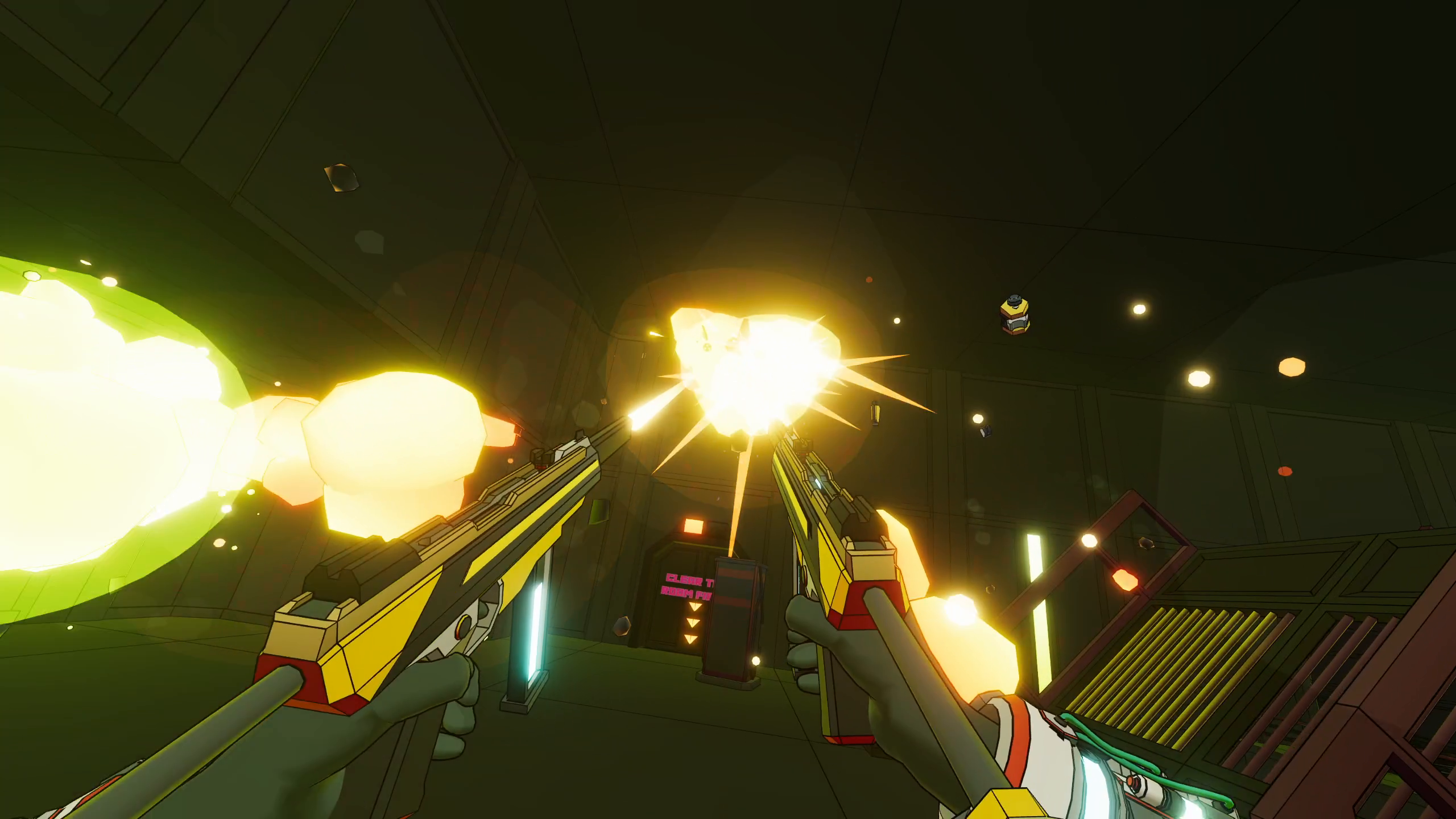
Working with PlayStation’s backend can be intimidating at first because it spans multiple systems and tools (store configuration, metadata, age ratings, trophies, builds, submissions, etc.). But once you understand how the pieces connect, the workflow is relatively logical.
Sony clearly put effort into making PS5/PS VR2 development more approachable and self-service than it used to be. Documentation is solid, and whenever we ran into issues, we were able to get guidance quickly. Getting modest promotional visibility (YouTube upload, some social support) was straightforward once we had our trailer and store assets ready.
Overall, our experience with the platform was positive. The real challenge was timing and visibility, not Sony’s systems.
There are several things we would approach differently in a future PS VR2 or console VR release:
None of these would guarantee success, but they would have significantly improved our starting position.
While disappointing, this release isn’t catastrophic for us. Our company’s survival is (thankfully) not affected by it. Wishlist numbers are healthy, and the game may still find a second wind during future sales.
We will keep improving Sweet Surrender, though we’re unsure how long we can sustainably support it. The release did give us something extremely valuable: fresh external feedback from first-time players after years of working in the same ecosystem.
The PS VR2 community has been generous and supportive. This outcome isn’t their fault, and I don’t think it’s necessarily a commentary on the VR industry as a whole. It’s just the reality of a late-cycle release combined with some strategic mistakes on our part.
The VR-dev community has helped us more times than I can count. I hope in turn this write-up will help others avoid a few mistakes, or at least go in with clearer expectations.
UploadVR takes occasional unpaid guest posts from professionals on topics of interest in virtual reality. You can reach out to our editors over email if you have a subject you’d like to write about. We don’t guarantee publication and we ask that posts feature original writing by a specific author that illuminates some unique aspect of their work or this industry.

Experience 40-hour battery life, hybrid D-pad and (wireless) multi-device pairing.
The post Amazon Has Xbox Controller Black Friday Leftovers, Now at Record Low for Cyber Monday Chaos appeared first on Kotaku.